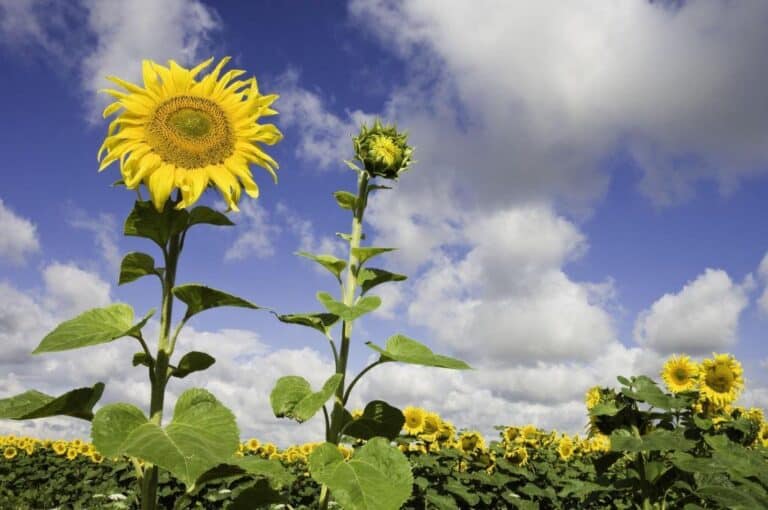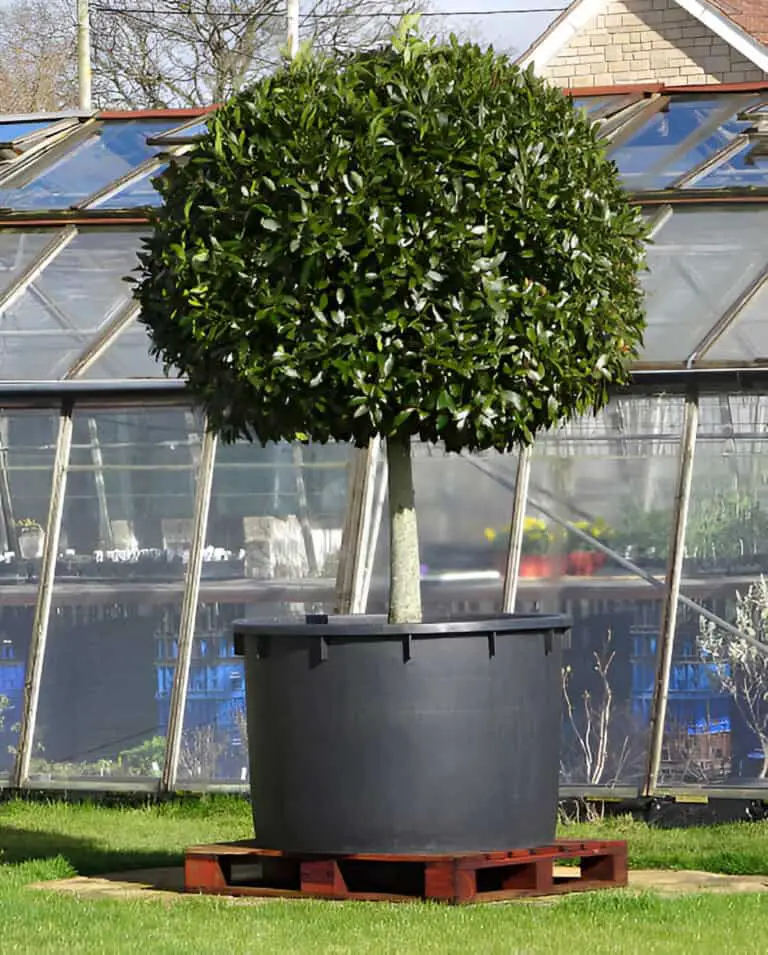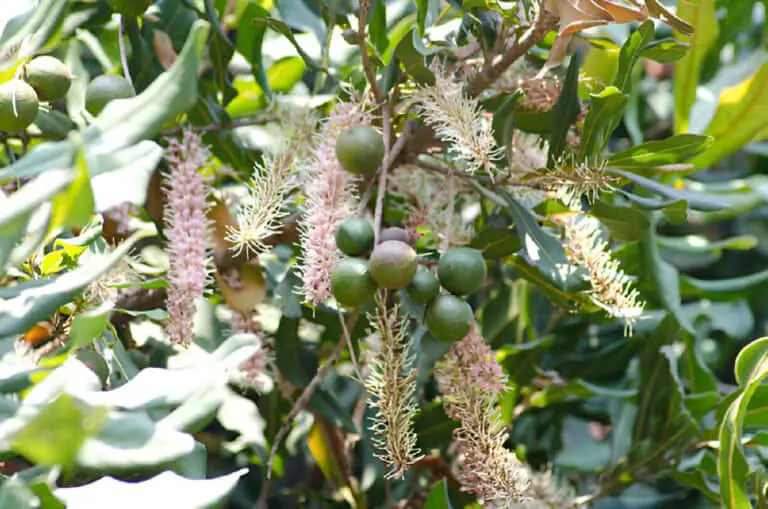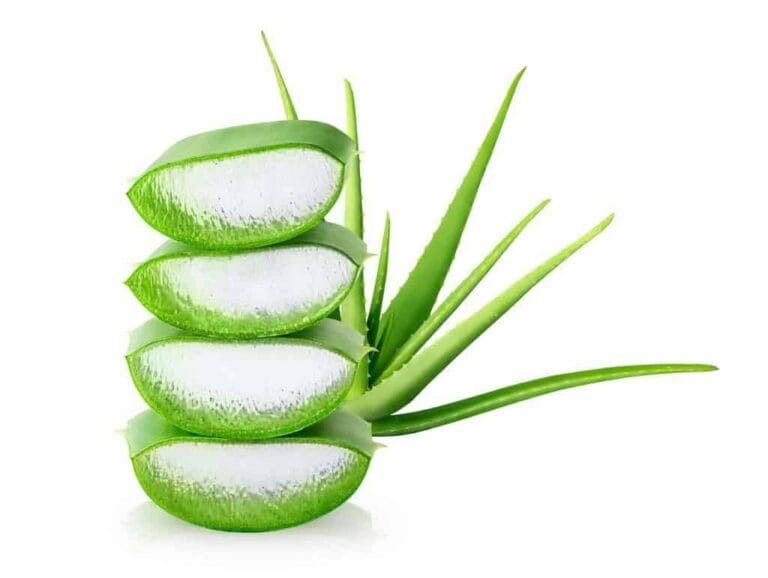How Much Soil Depth and Space Do Strawberries Need to Grow?
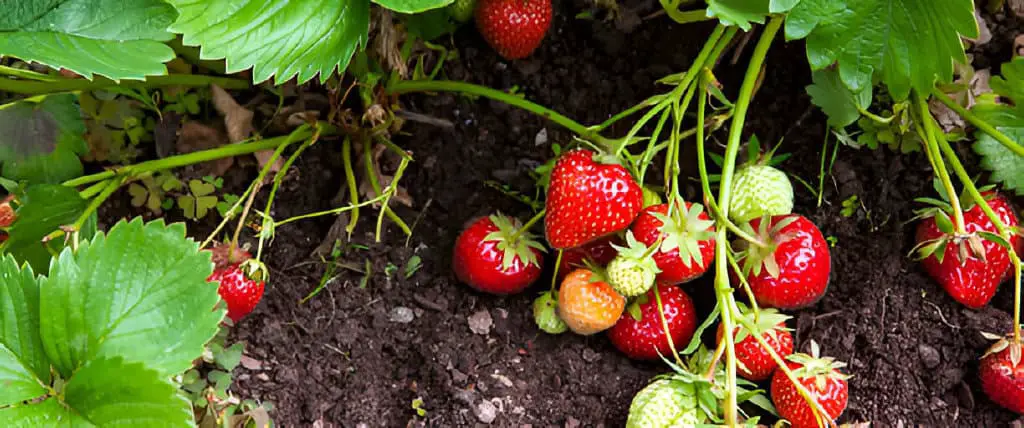
Are you curious about the secret to growing plump, juicy strawberries in your garden? Understanding the soil requirements for strawberries is key to ensuring a fruitful harvest.
The amount of soil plays a crucial role in the growth, health, and productivity of strawberry plants. In this article, we’ll delve into the specifics of how much soil strawberries need to thrive, including optimal soil depth and volume.
By learning these basics, you’ll be ready to grow strong strawberry plants. They will yield tasty berries all season. Let’s delve into the details:
Understanding Strawberry Growth Requirements

Understanding strawberry growth requirements is crucial for cultivating a bountiful and healthy harvest.
Benefits of Growing Strawberries
Strawberries are not only delicious but also rewarding to grow. Here are some key benefits:
- Fresh, Homegrown Fruit: Enjoy sweet, juicy berries picked right from your garden.
- Compact Growth: Ideal for small spaces, containers, and hanging baskets.
- Versatility: Suitable for gardens, raised beds, and even indoors with proper care.
Types of Strawberries
When planning to grow strawberries, consider these main types:
- June-bearing: Produces a single large crop in early summer.
- Everbearing: Yields two to three harvests throughout the growing season.
- Day-neutral: Continuously produces fruit from spring to fall under ideal conditions.
Each type has specific soil and spacing requirements to maximize growth and fruit production.
Soil Depth Requirements for Strawberries
Ideal Soil Composition
Strawberries thrive in well-draining, nutrient-rich soil. The soil should be slightly acidic (pH 5.5-6.5) for optimal growth.
Components of Suitable Soil Mix
A good strawberry soil mix typically includes:
- Loam: Provides structure and retains moisture.
- Compost: Adds nutrients and improves soil fertility.
- Perlite or Vermiculite: Enhances drainage and aeration.
- Sand: Improves drainage for heavy soils.
Recommended Soil Depth
Strawberries have shallow root systems, so they don’t require deep soil. The ideal soil depth for planting strawberries is:
- Soil Depth: 8-12 inches (20-30 cm)
This depth allows for adequate root development and moisture retention while preventing waterlogging.
Spacing Requirements for Strawberries
Spacing requirements for strawberries are vital for healthy growth and abundant yields. Proper spacing ensures each plant has enough room to spread its roots and develop strong, healthy foliage.
Importance of Proper Spacing
Proper spacing ensures good air flow. It also reduces disease risk. It allows plants to get nutrients and sunlight well.
Also, proper spacing ensures each strawberry plant can access the needed nutrients and sunlight. Crowded plants compete for these resources, leading to weaker growth and smaller berries.
With well-spaced plants, you can ensure that each one receives the right amount of sunlight, water, and nutrients, resulting in a more robust during strawberry growing stages and productive garden.
Recommended Spacing
The spacing between strawberry plants depends on the type and the planting method:
- In the Ground: Space plants 12-18 inches (30-45 cm) apart in rows 2-3 feet (60-90 cm) apart.
- In Raised Beds: Space plants 8-12 inches (20-30 cm) apart in rows 1.5-2 feet (45-60 cm) apart.
- In Containers: Plant one strawberry plant per 8-12 inch (20-30 cm) diameter pot or hanging basket.
Planting Layout
Consider planting strawberries in staggered rows. Or, plant them in triangular patterns. This will help you use space and get sunlight.
Planting Strawberries
Steps to Planting Strawberries
- Prepare the Soil: Amend the soil with compost and ensure it is well-draining.
- Planting Depth: Set each strawberry plant with the crown (where the leaves meet the roots) at soil level.
- Watering: Water thoroughly after planting to settle the soil around the roots.
- Mulching: Apply a 2-3 inch (5-7.5 cm) layer of mulch around plants to retain moisture and suppress weeds.
Table: Soil Depth and Spacing Recommendations for Strawberries
| Type of Planting | Soil Depth | Spacing |
| In the Ground | 8-12 inches | 12-18 inches apart, rows 2-3 feet apart |
| Raised Beds | 8-12 inches | 8-12 inches apart, rows 1.5-2 feet apart |
| Containers | 8-12 inches | 1 plant per 8-12 inch diameter container |
| Read: When to Plant in the UK for Harvest Success |
Caring for Strawberries
Watering
- Regular Watering: Keep the soil evenly moist, especially during dry spells and fruit formation.
Fertilizing
- Annual fertilizing: Feed once a year. Use balanced fertilizer in early spring. Also, use it after each harvest. This will help plants grow well and make fruit.
Mulching
- Benefits: Mulch helps retain soil moisture, suppress weeds, and keep berries clean.
Pruning and Runner Management
- Removing Runners: Trim excess runners to focus plant energy on fruit production.
Protecting Against Pests and Diseases
- Monitoring: Regularly inspect plants for pests like aphids and diseases such as powdery mildew. Use organic controls when necessary.
Harvesting and Storage
Harvesting
- Ripe Berries: Harvest strawberries when theyaren fully red and ripe. Pick gently to avoid damaging the plant.
Storage Tips
- Immediate Use: Use freshstrawberries immediately, or store them in the refrigerator for up to a week.
Conclusion
Growing strawberries is a delightful way to enjoy fresh, flavorful berries right from your garden or patio. You can create a great environment for strawberries by understanding their soil depth and spacing needs.
You can plant in the ground, raised beds, or containers. Good soil prep, spacing, and care will lead to healthy plants and big harvests. Follow these guidelines. They will help you grow your own delicious strawberries. Then, you can enjoy the rewards of homegrown produce.

